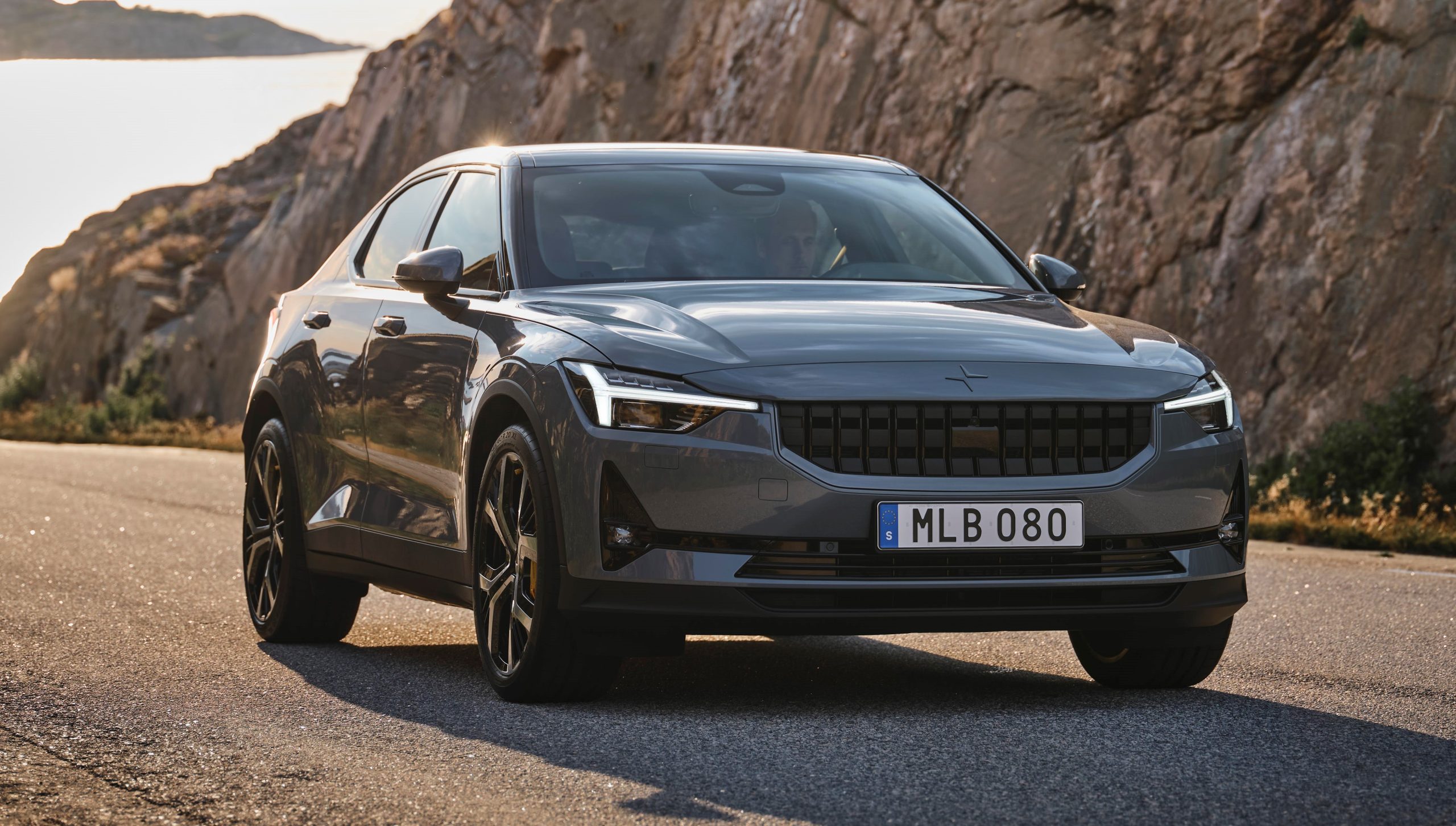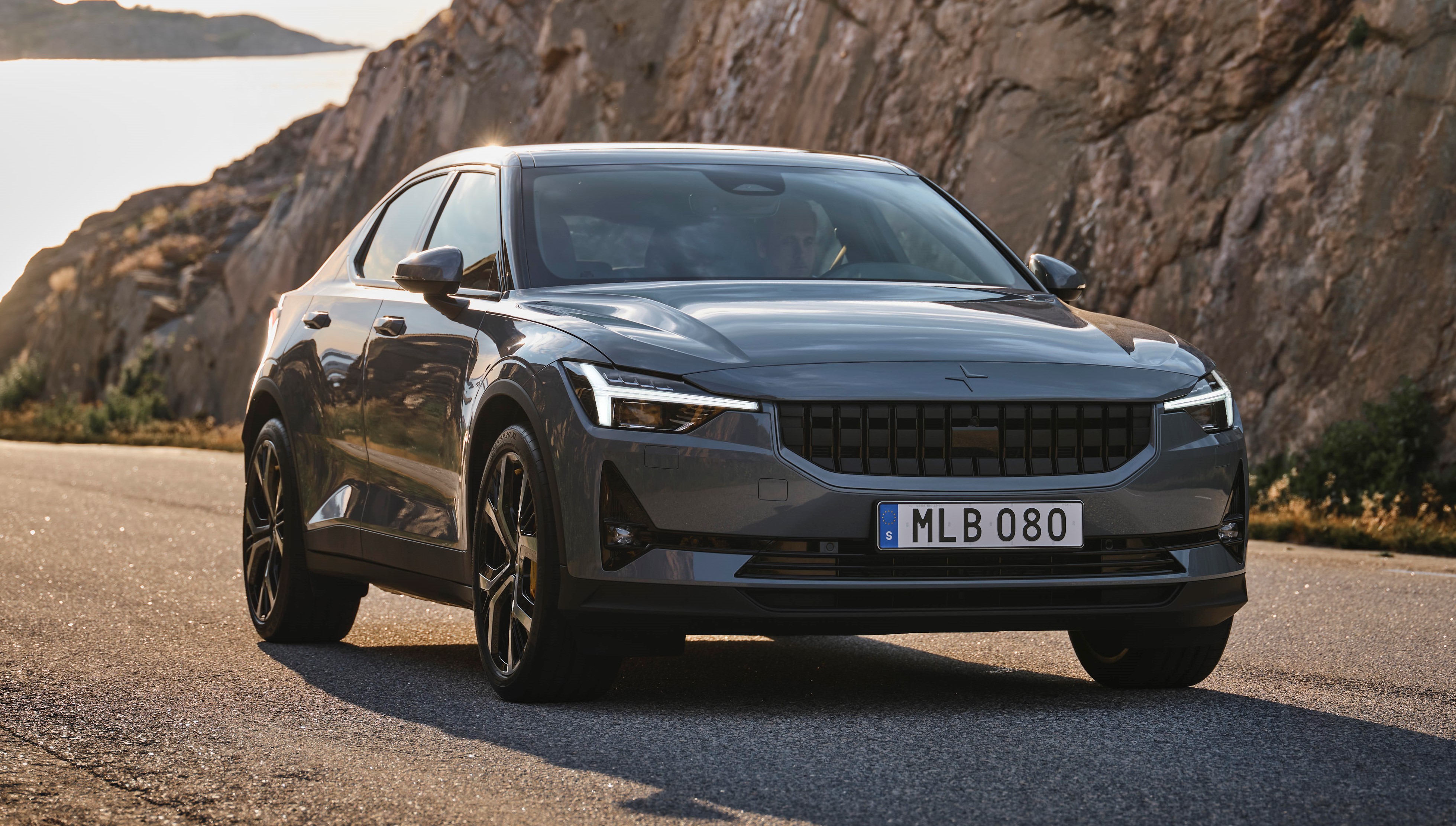

Google Maps is enhancing in-car navigation with its innovative live lane guidance feature, launching first on the Polestar 4. This enhancement utilizes the vehicle’s front-facing camera to observe lane markings and road signs in real time, offering drivers exact lane directions to facilitate smoother and less stressful highway exits and turns.
Instead of relying solely on map data, the feature integrates the car’s sensor inputs with Google’s mapping technologies, ensuring you remain in the correct lane. If you’re on the verge of missing an exit, the system provides timely notifications with distinct visuals and voice prompts to enable safe lane changes.
This functionality will debut on Polestar 4 models equipped with Google built-in, beginning in the United States and Sweden in the coming months. Google indicates that this initial phase will concentrate on highways, where lane markings and exits are generally clear, with plans to extend support for more complex roadways later.
Google also mentioned that additional vehicles featuring Google built-in will receive live lane guidance in the future, although no specific timeline has been established yet. Currently, Polestar acts as Google’s pilot partner for this rollout, which is logical given that its infotainment system is closely integrated with Android Automotive.
Visually, this feature appears as an overlay on the in-car navigation display, where the correct lane is marked in blue. If the driver veers into the incorrect lane or needs to switch for an upcoming turn, the system offers real-time visual and auditory guidance to aid in repositioning safely.
This feature surpasses the static lane guidance provided by Google Maps on smartphones. It adjusts to actual road conditions by utilizing the car’s sensors to verify your location.
Proactive safety notifications
Google refers to the new feature as “personalized, real-time navigation assistance,” and the reasoning is evident. Missed exits, abrupt lane changes, and highway confusion are frequent sources of driving stress, and this system is designed to alleviate them by offering lane advice at critical moments.
Nevertheless, there are some constraints. Since the system relies on both Google built-in and the vehicle’s camera hardware, it won’t be accessible on every Android Auto vehicle or smartphone in the near future. Moreover, as it heavily depends on precise lane markings and signage, performance may differ based on local road scenarios.
Even so, this could just be the beginning. With Polestar at the forefront, live lane guidance may soon become a standard offering in the next wave of smart vehicles utilizing Google’s in-car system.